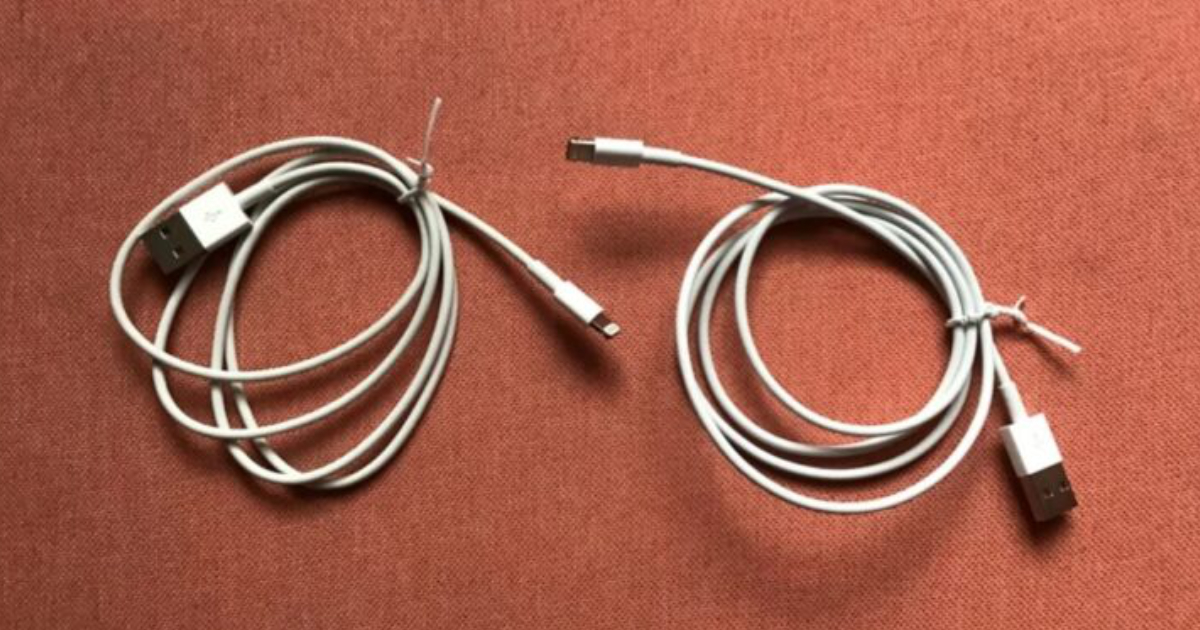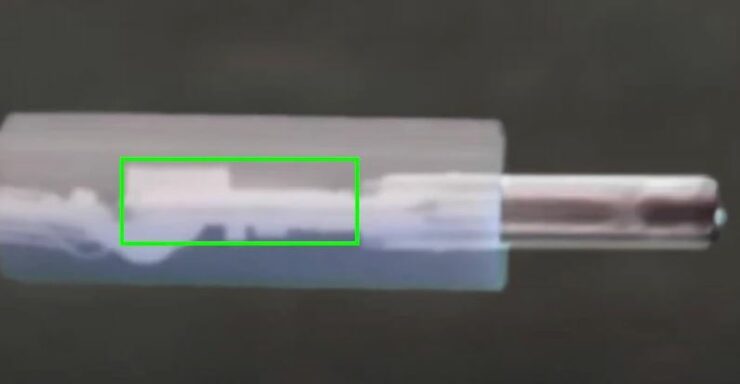An upgraded version of a malicious Lightning cable known as the OMG Cable can steal passwords, other data and remotely send it to a hacker who could be miles away. These cables are currently in mass production waiting to be distributed by the cybersecurity vendor Hak5.

A malicious Lightning cable can steal user data
As reported by Vice, the OMG Cable looks and works just like a Lightning cable. However, the difference between the two is that the OMG Cable can log keystrokes when connected to a MacBook, iPad, and or iPhone. The malicious cable can record anything a user types including passwords and send that data to a hacker who could live miles away.
The OMG Cables work by creating a Wi-Fi hotspot itself that an unauthorized person can connect to from their own device. The new version of the cables includes a Lightning to USB-C option and new geofencing features that allow users to trigger or block the device’s payloads based on the physical location of the cable.
“It pairs well with the self-destruct feature if an OMG Cable leaves the scope of your engagement and you do not want your payloads leaking or being accidentally run against random computers,” security researcher MG told Vice. “There were people who said that Type C cables were safe from this type of implant because there isn’t enough space. So, clearly, I had to prove that wrong,” MG said.
The malicious cables contain a small implanted chip but physically look the same as Lightning cables on the outside. The implanted chip takes up half the space of the connector’s plastic shell which allows it to function as a standard Lightning cable.

The cables have been entered mass productions to be sold by the cybersecurity vendor Hak5. The ongoing COVID-19 has complicated the manufacturing process for the cables. “The pandemic has made an already difficult process much more difficult with the chip shortage. If any individual component is out of stock, it is basically impossible to find a replacement when fractions of millimeters are important. So I just have to wait 12+ months for certain parts to be in stock,” MG explained.
Read more: